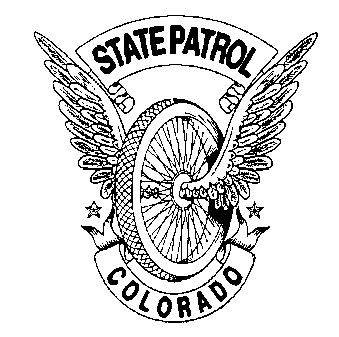
Master Trooper Gary Cutler
Well, we have a couple of snowstorms under our belt already this year, and we have had our standard crashes that come with those storms.
Just as you need to get used to your sea legs when sailing, you need to be ready for snow when driving and how your vehicle will respond to different surface textures. So, these are the topics I want to hit on in this article this year: freezing rain, windblown snow, and compacted snow.
Freezing rain scares me the most. I’ve been doing this job for 17 years now, and in my opinion, this one catches drivers off-guard the most each year.
Because a driver sees the road, speeds are usually faster, and the resulting crashes are more extreme. It comes down to how drivers perceive road conditions when the roadway surface, whether asphalt or concrete, is visible.
This means speeds remain too fast because drivers don’t consider the road surface to be slick. Just because you can see the roadway doesn’t mean it is safe for fast speeds. If it’s raining and the temperatures are low, that rain can quickly turn to black ice.
Windblown roads. This is when it has snowed, but no longer snowing, and there are wind gusts blowing snow over the roadway. Sometimes this is only happening in specific areas, so the perception is the road surfaces are dry.
But in fact, this area will ice up a road almost immediately. Especially as the snow blows across the roadway and vehicles drive over and compact the snow, even more, turning it icy. Drivers assume that since it’s no longer snowing and the roads are clear, speeds can be higher. Not always so.
Compacted snow roadway surfaces. This is when the snow on the road has a visible amount of snow on it and compacted. This can cause traction to be a problem. There can also be a hidden layer of ice, causing driving on it to be even more dangerous. Treat it as a slick surface.
When driving in adverse weather and around other vehicles, make sure to give yourself more distance for stopping. There is no reason to be so close that when your tires don’t grab, you end up meeting your fellow driver in a fender bender. Try to double your usual distance. That may seem a lot, but it helps prevent unintentional crashes.
To all of my 4-wheel drivers out there. I know, I have a truck too, but just because you have better traction doesn’t mean you won’t end up off the side of the road or hitting someone because the truck slid into them. We cover many truck crashes in the winter due to overconfidence in how they handle bad weather. Also, try not to get too close to vehicles going slower than you due to road conditions.
One last thought. Anytime the roads look wet, from either water or snow on them, never use your cruise control. If you hit standing water, snow, or ice, and you have cruise control on; you are more than likely going to wreck. It’s a mixture of slower reaction time and braking when you shouldn’t be braking that late.
Remember to use my favorite saying. If it’s raining, treat the road as if it’s snowing. If it’s snowing, treat the road as if it’s ice. If the road is icy, stay home. Drive safely, arrive alive.
As always, safe travels!
Support Northern Colorado Journalism
Show your support for North Forty News by helping us produce more content. It's a kind and simple gesture that will help us continue to bring more content to you.
BONUS - Donors get a link in their receipt to sign up for our once-per-week instant text messaging alert. Get your e-copy of North Forty News the moment it is released!
Click to Donate
